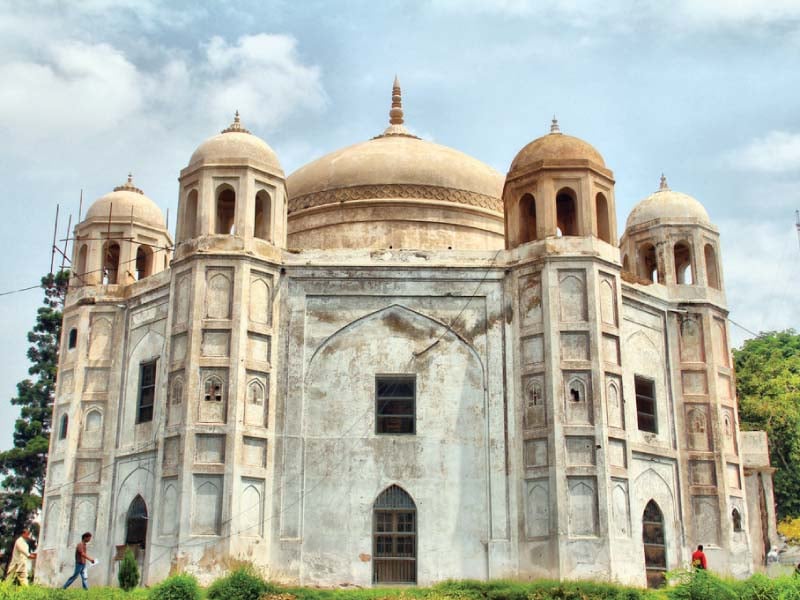Discover how Sher Singh's swift strategy led Sikh warriors to triumph over a Mughal contingent, securing victory and honor from Guru Gobind Singh.
Discover the legacy of Jai Singh Man, an influential figure allied with Mahari Singh, father of Ranjit Singh, in key military conquests across Punjab.
Explore the rich history of Sikhs' relations with Mughal emperors, from spiritual meetings to persecution, highlighting resilience and transformation.
Explore Jujhar Singh Hada's valor in the Sivalik hills. Heroic tales from Bachitra Natak reveal his courage and influence in the late 17th century.
Explore the historical significance of 'Singh' in Sikhism, symbolizing courage and unity as ordained by Guru Gobind Singh in 1699.
ALIF KHAN, who is mentioned in Guru Gobind Singh\'s Bachitra Natak, was an officer in the Mughal army of Aurangzib. In 1691, he was despatched by Mian Khan, the viceroy of Jammu, to Kangra for collecting arrears of tribute from the hill chiefs. Raja Kirpal Chand Katoch of Kangra and Raja Dyal of Bijharval submitted to Alif Khan, but not Raja Bhim Chand of Kahlur. Bhim Chand enlisted the support of several of the chieftains against Alif Khan. He also requested Guru Gobind Singh for help.
Discover Kahn Singh's legacy as a key figure in Sikh history, resisting Mughal forces alongside Banda Singh Bahadur in early 18th-century Punjab.
Explore the inspiring story of Subeg Singh, an 18th-century Sikh martyr who remained steadfast in faith against adversity. Learn about his legacy and courage.
ANARKALI, the oldest Mughal tomb in Lahore, was built between 1605 and 1615 by Emperor Jahangir for his former favourite dancing girl Anarkali. The tomb was surrounded by extensive gardens enclosed within a high protective wall, and several buildings and palaces were erected in the gardens by Mughal princes and nobles. In 1799, Maharaja Ranjit Singh put up his headquarters there while besieging Lahore. Subsequently, he offered Anarkali to his eldest son, the heir apparent Kharak Singh.
Explore Khushal Chand's unique blend of poetry and history during the Mughal era, as he followed Guru Nanak and chronicled royal successions and Sikh bravery.



